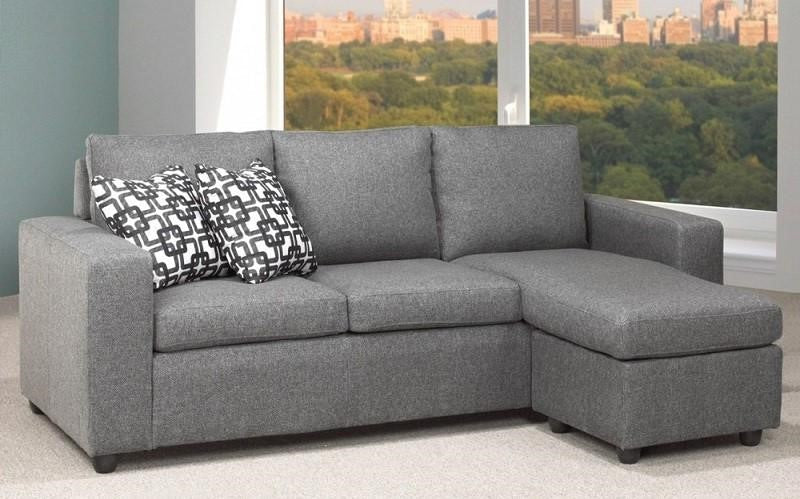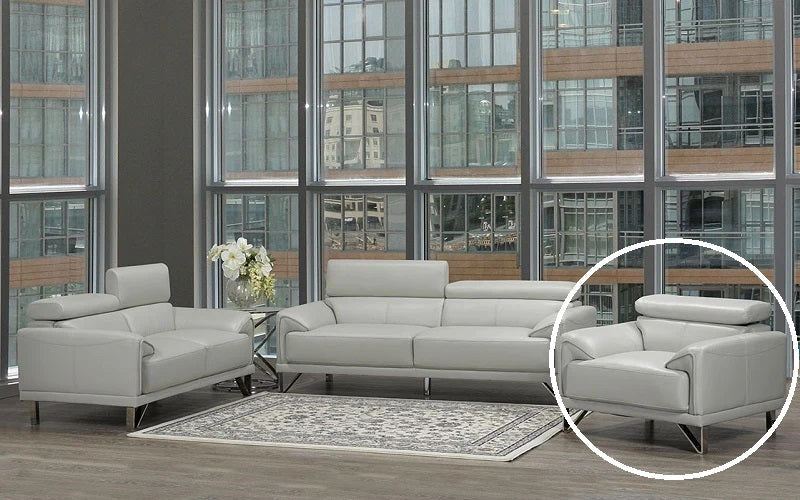Transform Your Wood Furniture: A Comprehensive Refinishing Guide

Wood furniture holds a timeless charm that enhances any space with warmth, character, and durability. However, over time, even the most well-cared-for wood furniture can show signs of wear—scratches, dents, fading, or staining. Refinishing wood furniture can breathe new life into it, whether it's a treasured heirloom piece, a vintage find, or a favorite item that has lost its luster.
Refinishing your wood furniture is not only a cost-effective alternative to buying new pieces but also allows you to maintain the quality of solid wood while customizing the finish to suit your style. With some patience, the right tools, and a little elbow grease, you can restore a piece to its former glory or give it a new look. In this step-by-step guide, we'll walk you through the process of refinishing wood furniture from start to finish.
Assess the Condition of the Furniture
Before you begin the refinishing process, take some time to assess the condition of your furniture. Understanding the extent of the damage will help you determine how much work is needed. Here are some things to look out for:
- Surface Damage: Check for deep scratches, dents, or gouges that need filling or sanding.
- Finish Condition: Is the finish faded, chipped, or peeling? This will determine how much stripping and sanding you'll need to do.
- Structural Integrity: Before refinishing, check that the furniture is structurally sound. Look for loose joints, missing parts, or broken areas that need repair.
If the piece has significant structural damage, you may need to make repairs before refinishing. If the damage is only cosmetic, refinishing should be straightforward.
Remove the Hardware and Clean the Piece
Before starting any stripping or sanding, remove all hardware from the furniture, such as knobs, hinges, or drawer pulls. Use a screwdriver to remove screws and carefully set the hardware aside in a labeled container so you don't lose any pieces.
Next, thoroughly clean the furniture. Use a mild detergent and water to wipe down the entire piece, removing dirt, grime, and oils that may have accumulated over time. Use a cleaner designed for wood surfaces or mineral spirits if the furniture has old wax or polish build-up. Allow the piece to dry completely before moving on to the next step.
Strip the Old Finish
If the piece has an old finish—varnish, lacquer, paint, or stain—you must strip it away to reveal the bare wood. There are several methods for removing the finish, but using a chemical stripper is often the most efficient approach for large pieces.
How to Use a Chemical Stripper:
Apply the Stripper: Using a paintbrush, apply the chemical stripper evenly to the furniture's surface. Follow the manufacturer's instructions regarding thickness and drying time.
Please wait for the Finish to Bubble. After applying the stripper, let it sit for the recommended time. The old finish should start to bubble and lift off the wood.
Scrape Off the Finish: Once the finish is bubbling, use a scraper or putty knife to remove it gently. Be careful not to gouge the wood as you scrape. Continue this process until most of the old finish is removed.
Clean the Surface: After stripping, use mineral spirits or a damp cloth to clean off any remaining stripper residue. This will help neutralize the chemical stripper and prepare the surface for sanding.
Alternative Methods:
Sanding off the old finish might be preferable to chemical stripping for small or delicate pieces. Use medium-grit sandpaper (around 120 grit) and gradually work your way down to finer grits (220 grit) to remove the finish and smooth the surface.
Sand the Surface
Sanding is one of the most critical steps in the refinishing process. It removes any remaining finish and prepares the wood for staining or painting. Here's how to sand effectively:
Start with Coarse Grit: If the surface is rough or imperfect, start with 80—to 120-grit sandpaper. If the piece is in good condition, you can start with 120 grit.
Move to Finer Grits: Gradually work up to finer sandpaper, finishing with 220-grit for a smooth surface. Sand in the direction of the wood grain to avoid scratches.
Wipe Down the Surface: Use a tack cloth or a damp, lint-free cloth to wipe away the dust after sanding. Make sure the surface is immaculate before staining or painting.
Repair Any Damage
If the wood has dents, deep scratches, or gouges, now is the time to repair them. Use wood filler to fill in any imperfections. Apply the filler with a putty knife, smoothing it over the damaged area. Let it dry according to the manufacturer's instructions, then smooth it with fine-grit sandpaper.
Apply the Stain or Paint
At this point, your furniture is prepped and ready for the new finish. You can stain the wood to highlight its natural beauty or paint it for a new look.
Staining the Wood:
Choose a Wood Stain: Select a wood stain that matches your desired color. Test the stain on a small, inconspicuous furniture area to ensure it's the right shade.
Apply the Stain: Using a brush or lint-free cloth, apply the stain toward the wood grain. Allow the stain to penetrate the wood for a few minutes, then wipe off any excess with a clean cloth.
Let it Dry: Allow the stain to dry completely (this usually takes several hours or overnight, depending on the stain). You may apply additional coats for a deeper color, sanding lightly between each coat.
Painting the Wood:
Prime the Surface: If you're painting the furniture, apply a coat of primer first. This helps the paint adhere to the wood and ensures an even finish.
Apply Paint: Once the primer is dry, apply your chosen paint with a brush or roller. For a smooth finish, use thin, even coats and allow each coat to dry before applying the next. Sand lightly between coats if needed.
Seal and Protect the Wood
Once the stain or paint is completely dry, it's essential to seal the surface to protect it from wear, moisture, and damage.
Sealing with Polyurethane or Varnish:
Polyurethane and varnish are the most common sealants used for wood furniture. They come in matte, satin, and glossy finishes, allowing you to customize the final look.
Apply the Sealer: Using a clean brush, apply a thin, even coat of polyurethane or varnish in the direction of the grain. Be sure to work in a well-ventilated area, as the fumes can be intense.
Sand Between Coats: After the first coat dries, lightly sand the surface with fine-grit sandpaper (220 grit) to remove any imperfections. Wipe away the dust with a tack cloth before applying the next coat.
Apply Multiple Coats: For optimal protection, apply at least two to three coats of sealer, sanding between each one.
Alternative Sealing Options:
You can use wax or oil for a more natural, hand-rubbed finish. Wax adds a soft sheen to the wood, while oil penetrates the surface and enhances the grain. These options may require more frequent reapplication than polyurethane or varnish but offer a classic finish.
Reassemble and Add the Finishing Touches
Once the final coat of sealer has dried, it's time to reassemble the furniture. Reattach any hardware you removed earlier, such as drawer pulls, handles, or hinges. If desired, you can replace the hardware with updated pieces for a fresh, modern look.
Enjoy Your Restored Furniture
Congratulations—you've successfully refinished your wood furniture! Take a step back and admire the beautiful transformation. Whether you've restored the piece to its original glory or given it a new lease on life with a different finish, you've created something unique and lasting.
Refinishing wood furniture is a rewarding DIY project that enhances the aesthetic appeal of your home and extends the life of your cherished pieces. With time, patience, and attention to detail, you can turn any tired, worn-out piece into a stunning centerpiece for years.
Conclusion
Refinishing wood furniture is an excellent way to create a custom look that reflects your style. With the right tools and techniques, you can transform old, worn-out furniture into beautiful, functional pieces that will last for years. Happy refinishing!




